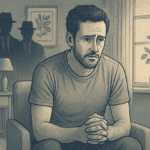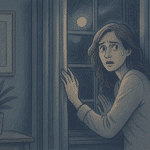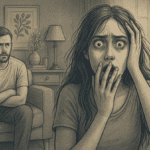Key Takeaways
- Delusional disorder involves fixed false beliefs that persist despite evidence to the contrary, significantly impacting daily functioning and relationships.
- Cognitive Behavioral Therapy (CBT) has shown promising results in treating delusional disorder when traditional medication approaches alone fall short.
- Family involvement plays a crucial role in supporting recovery, with specific communication strategies proving effective in the treatment process.
- While not a quick fix, CBT offers hope for managing delusional thinking and improving quality of life when delivered by trained professionals.
- At A Mission For Michael, we’ve developed specialized treatment protocols combining CBT with motivational interviewing and metacognitive training, customized to each patient’s unique presentation.
What is Delusional Disorder?
Delusional disorder is characterized by the presence of one or more false beliefs that persist despite clear evidence to the contrary. Unlike some other psychotic disorders, people with delusional disorder often maintain otherwise normal cognitive functioning and can appear completely rational, except when discussing their specific delusion. This unique characteristic makes detection and treatment particularly challenging for both clinicians and family members.
Different Types
Delusional disorder presents in several forms, each with unique characteristics that influence treatment approaches. The persecutory type, the most common form, involves beliefs about being harmed, harassed, or conspired against. The jealous type centers on the conviction that a partner is unfaithful without reasonable evidence. The grandiose type includes beliefs about having special powers, connections, or identity. Finally, the somatic type focuses on bodily functions or physical characteristics, while the erotomanic type involves the belief that someone, often of higher status, is in love with the individual.
Less common types include mixed (featuring aspects of multiple types) and unspecified delusional disorders. Each requires a detailed understanding and customized therapeutic approach, as the content of delusions significantly influences how receptive someone might be to different CBT techniques.
Impact on Daily Life
The real-world consequences of delusional disorder extend far beyond the delusions themselves. Relationships frequently suffer as loved ones struggle to understand why rational discussion doesn’t change the person’s beliefs. Work performance may decline, particularly if delusions intersect with professional responsibilities. Many individuals gradually withdraw from social activities to avoid confronting contradictory evidence or facing questions about their beliefs.
Daily functioning becomes increasingly difficult as more energy is devoted to maintaining or acting on delusional beliefs. This cognitive dissonance creates tremendous psychological strain and often leads to co-occurring anxiety and depression.
| A Mission For Michael: Expert Mental Health Care Founded in 2010, A Mission For Michael (AMFM) offers specialized mental health care across Southern California, Minnesota, and Virginia. Our accredited facilities provide residential and outpatient programs, utilizing evidence-based therapies such as CBT, DBT, and EMDR. Our dedicated team of licensed professionals ensures every client receives the best care possible, supported by accreditations from The Joint Commission and the California Department of Health Care Services. We are committed to safety and personalized treatment plans. Start your recovery journey with AMFM today! |
CBT Basics for Delusions
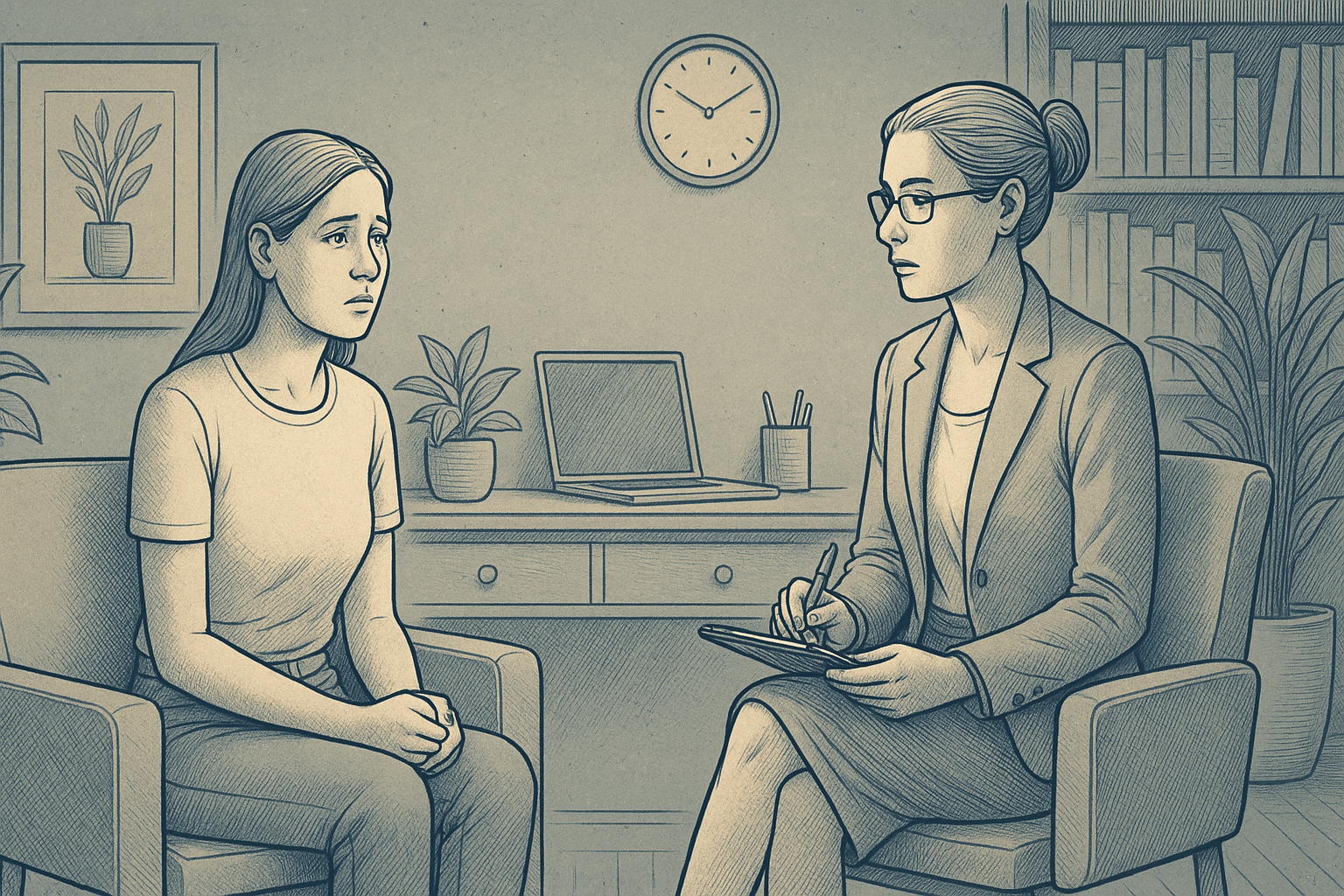
Cognitive Behavioral Therapy (CBT) offers a structured, evidence-based approach for addressing the complex challenges of delusional disorder.
Unlike traditional talk therapy, Cognitive Behavioral Therapy (CBT) is active, present-focused, and directly addresses the relationship between thoughts, feelings, and behaviors. When specifically adapted for delusional thinking, CBT provides practical strategies for managing symptoms and improving quality of life.
How CBT Works
CBT for delusional disorder helps individuals examine the evidence for their beliefs and consider alternative explanations for their experiences. Rather than directly challenging delusions, which often strengthens resistance, skilled therapists guide patients through a process of gentle inquiry and collaborative exploration. The approach focuses first on building a strong therapeutic alliance based on respect and understanding, recognizing that the person’s experiences feel absolutely real to them.
CBT targets the thinking patterns that maintain delusions, such as jumping to conclusions, black-and-white thinking, and emotional reasoning. By identifying these patterns, patients can gradually develop more flexible ways of interpreting their experiences. The therapy also addresses behavioral patterns that reinforce delusions, such as safety behaviors, avoidance, or compulsive checking.
Specialized Approach
CBT for delusional disorder differs significantly from CBT for conditions like depression or anxiety. The approach is more gradual and places greater emphasis on the therapeutic relationship. Therapists avoid direct confrontation of beliefs, instead working within the person’s belief system to reduce distress and improve functioning.
A key principle in our approach is starting with areas of agreement rather than contention. For example, even if a patient and therapist disagree about whether the patient is being surveilled, they can agree that the anxiety this belief creates is painful and worth addressing. This allows progress even when the delusion itself remains intact.
Evidence for CBT
Research Findings
Multiple randomized controlled trials have found that CBT, when added to standard psychiatric care, leads to greater improvement in delusional thinking than standard care alone. Studies suggest that CBT produces moderate effect sizes for reducing delusional conviction and distress, with these benefits persisting for months or even years after treatment ends. Particularly promising results have been seen when treatment is initiated early and delivered according to specialized protocols developed specifically for delusional thinking.
Limitations
Despite promising evidence, CBT is not a cure for delusional disorder, and several limitations deserve mention. Response rates vary significantly depending on the type of delusion, with persecutory delusions generally showing better improvement than others.
Therapy outcomes are also strongly influenced by the therapeutic relationship, therapist expertise, and the individual’s willingness to engage in treatment. Perhaps most importantly, CBT requires specialized training to implement effectively.
Key CBT Techniques for Delusional Disorder
Normalizing
Normalizing is a powerful therapeutic technique that helps individuals understand that unusual beliefs and experiences exist on a continuum with normal human experiences. A skilled therapist helps patients recognize that many people have suspicious thoughts or misinterpretations at times, especially during periods of stress or isolation.
This approach reduces shame and defensiveness, making it easier to explore beliefs without feeling judged or pathologized. By framing delusions as extreme versions of common human tendencies rather than signs of “craziness,” you can create the foundation for therapeutic change.
Reality Testing
Reality testing involves collaboratively examining the evidence for and against delusional beliefs. Unlike direct confrontation, this process is guided by curiosity and respect for the person’s experiences. The therapist might ask, “What makes this belief feel so convincing to you?” or “Are there any small details that don’t quite fit with this explanation?”
Through gentle questioning, patients gradually develop the habit of considering alternative explanations for their experiences. This technique works best when introduced only after establishing a strong therapeutic alliance.
Belief Modification
Belief modification techniques help patients gradually adjust the intensity or impact of their delusional beliefs. Rather than trying to eliminate delusions entirely, we focus on reducing their conviction level and emotional impact.
This might involve exploring hypothetical alternatives (“If, hypothetically, there was another explanation, what might it be?”) or examining advantages and disadvantages of holding onto the belief. Many individuals find they can move from 100% certainty to acknowledging some possibility of being mistaken, which creates space for new perspectives.
Stress Management
Stress often triggers or worsens delusional thinking, creating a vicious cycle where delusions cause more stress, which then intensifies the delusions. Breaking this cycle requires effective stress management techniques.
Practical skills like progressive muscle relaxation, mindfulness meditation, and structured problem-solving help reduce overall arousal and provide coping mechanisms for managing difficult situations. Importantly, these techniques provide immediate benefit regardless of whether the delusion itself changes, creating early treatment success that builds motivation.
Relapse Prevention
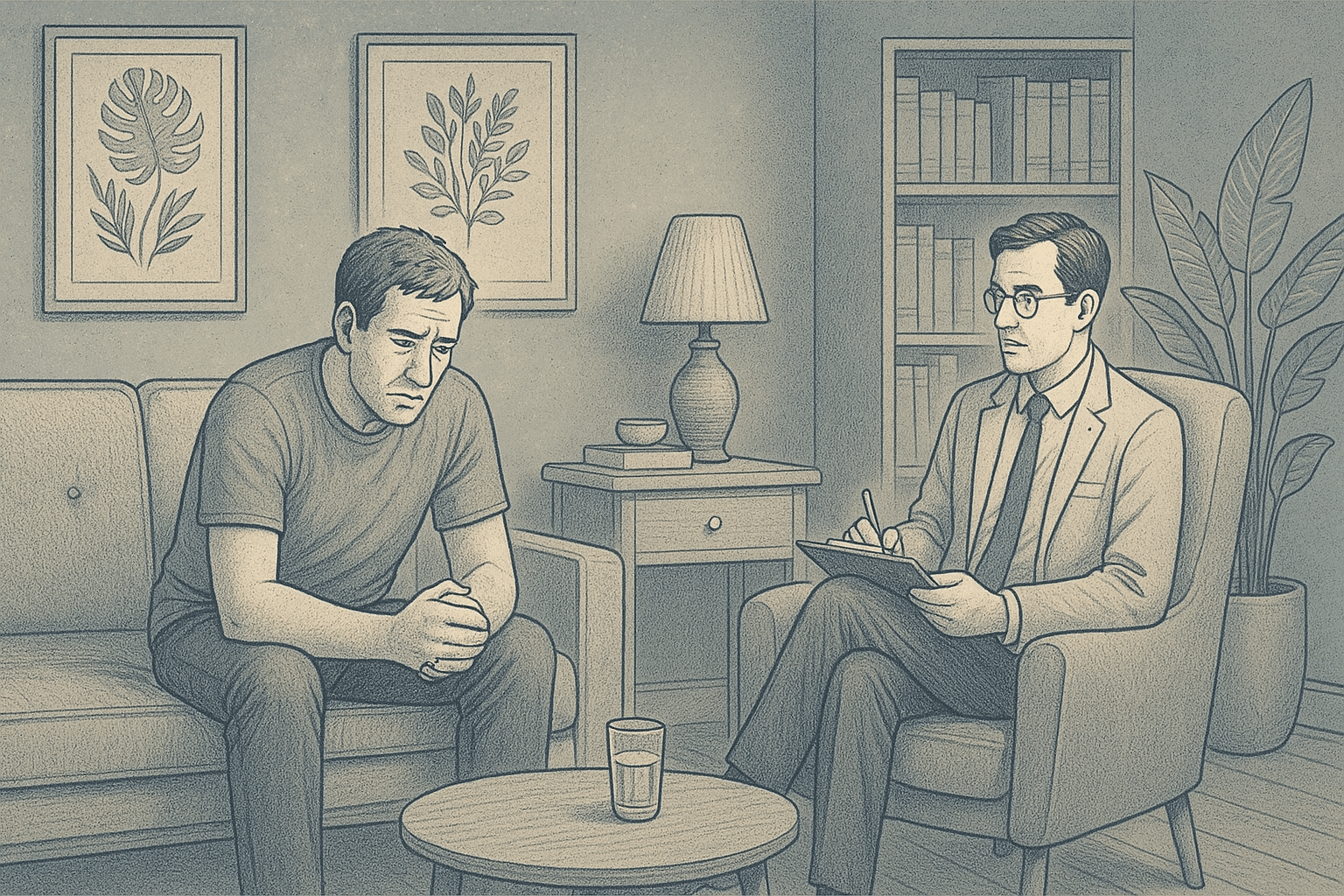
Relapse prevention planning is essential for maintaining gains made in therapy.
A therapist works with you to identify early warning signs that delusions are intensifying, such as increased suspiciousness, sleep disruption, or social withdrawal. Together, a personalized action plan for responding to these warning signs is developed before they escalate into full relapse.
This typically includes strategies for managing stress, activating social support, practicing reality-testing techniques, and promptly reconnecting with treatment providers. Having a concrete plan increases confidence and provides a roadmap for managing future challenges.
What to Expect
Treatment Timeline
CBT for delusional disorder typically requires a longer treatment duration than CBT for anxiety or depression. Most patients benefit from at least 16–20 sessions, with more complex presentations sometimes requiring 30 or more sessions spread over 6–12 months.
Session Structure
CBT sessions for delusional disorder typically last 45–60 minutes and follow a collaborative structure. Each session usually begins with a brief check-in about the past week and a review of any homework assignments. Together, the therapist and patient set an agenda for the session and prioritize the most pressing concerns.
Homework Assignments

Practice between sessions significantly enhances the effectiveness of CBT for delusional disorder.
Homework assignments are always collaborative, practical, and designed to build on in-session insights. Early assignments often focus on self-monitoring to increase awareness of thought patterns or triggers.
As therapy progresses, homework might include practicing reality-testing questions, experimenting with behavioral changes, or implementing stress management techniques. The complexity and challenge of assignments increase gradually as patients build confidence and skills.
Finding Hope Through CBT at AMFM
The question “Can CBT help with delusional disorder?” has a resounding answer: yes, when delivered by specialists who understand the unique challenges of this condition. At A Mission For Michael, we’ve witnessed countless individuals transform their relationship with delusional thinking through our specialized CBT approaches.
Our evidence-based treatment goes beyond traditional therapy by incorporating reality testing, belief modification, and comprehensive family support systems.

What sets us apart is our commitment to individualized care that meets you where you are in your journey.
If you’re struggling with persecutory, grandiose, or other types of delusions, our residential programs in California, Virginia, and Washington provide the intensive support needed for meaningful change.
At AMFM, we measure success not just by symptom reduction, but by your ability to maintain relationships, pursue goals, and find meaning despite ongoing challenges. Take the first step toward hope and healing by contacting us today.
Frequently Asked Questions
How long does CBT treatment typically last?
CBT for delusional disorder typically requires 16–30 sessions over 6–12 months, significantly longer than CBT for conditions like anxiety or depression. The timeline varies based on symptom severity, insight level, and treatment response. Some individuals benefit from longer-term maintenance therapy to prevent relapse, particularly during periods of increased stress.
Will I have to take medication alongside CBT?
Many individuals benefit from combining medication with CBT for delusional disorder, though this decision is highly individualized. Antipsychotic medications may help reduce the intensity of delusions and associated anxiety, creating space for CBT techniques to work more effectively. However, some people achieve significant improvement through CBT alone, particularly when delusions are less severe or when medications cause intolerable side effects.
What if my loved one doesn’t believe they need help?
When someone doesn’t recognize their delusions as problematic, a common situation in delusional disorder, engagement in treatment requires a thoughtful approach. Focus initial conversations on specific problems the person acknowledges rather than on the delusions themselves. For example, emphasize how treatment might help with acknowledged difficulties like anxiety, insomnia, or relationship problems.
Is CBT covered by insurance for delusional disorder?
Most health insurance plans cover CBT for delusional disorder when provided by qualified mental health professionals, though coverage details vary by plan. Delusional disorder falls under serious mental illness categories that typically receive coverage similar to other medical conditions.
What makes AMFM’s approach to delusional disorder treatment unique?
At AMFM, we have developed specialized CBT protocols specifically for delusional disorder, combining traditional techniques with motivational interviewing and metacognitive training. Our comprehensive residential programs across California, Minnesota, and Virginia provide 24/7 professional support, individualized care plans, and family involvement components. Our clinical team specializes in building therapeutic alliances even when insight is limited, using evidence-based approaches that respect each patient’s unique experience.








